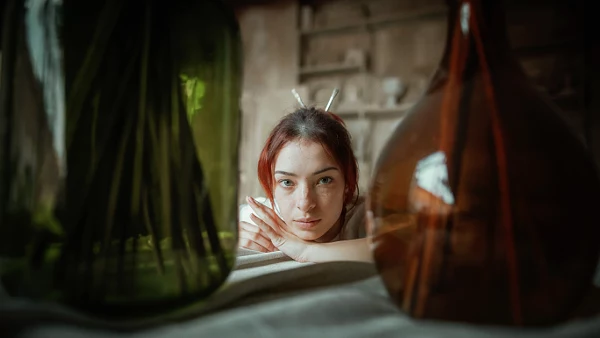Framing within a photograph is a powerful technique that enhances depth, context, and focus by using natural or man-made elements to create a frame around the subject. It directs the viewer’s attention precisely where you want it, making your images more dynamic and visually striking. Here’s a comprehensive guide on how to master framing for your photography.
Understanding framing
Framing involves placing your main subject within a surrounding border or “frame” that naturally draws the viewer’s eye toward it. This frame can be an architectural arch, a tree branch, a window, or any other element that adds depth to the composition and emphasizes your subject.
Types of framing
Natural frames: Trees, leaves, flowers, or rock formations can naturally frame your subject and highlight its beauty against a contrasting background.
Architectural frames: Utilize doorways, windows, arches, and bridges to create strong geometric frames that contrast sharply with the natural environment.
Man-made frames: Fences, railings, vehicles, or any other everyday object can be used creatively to add an unexpected layer of intrigue to your photograph.
Shadow frames: Shadows can create unique frames, especially during sunrise or sunset when light is softer. They can produce intricate patterns that emphasize and isolate your subject.
Applying framing to your photography
Identify suitable frames: Train your eye to recognize potential frames in your environment. It may require moving around, crouching down, or climbing higher to find the perfect framing element.
Focus on the subject: Ensure that your framing element draws attention to your subject and complements the composition. If the frame is too dominant, it could overshadow the subject, so maintain a balance.
Experiment with depth: Play with different distances between the frame and subject to achieve the desired depth of field. A shallow depth of field can blur the frame to enhance the subject’s prominence.
Contrast and complement: The frame should contrast with the subject in color, texture, or shape to make it stand out. Alternatively, choose complementary elements that harmonize with the subject for a cohesive look.
Advanced tips and techniques
Layered frames: Combine multiple frames within your composition to add complexity and depth. Layering different frames creates a series of visual gates leading to the focal point.
Foreground frames: Use foreground elements to create a frame, even if they are partially in focus. This technique generates a sense of dimension and invites the viewer into the scene.
Non-traditional frames: Think beyond the obvious. Use reflections in mirrors or water to form unexpected frames. Alternatively, position your frame at unconventional angles or create a dynamic pattern for a unique perspective.
Symmetry and asymmetry: Experiment with both symmetrical and asymmetrical framing. Symmetrical frames provide a harmonious feel, while asymmetrical ones add energy and movement.
Framing is a versatile and effective tool for enhancing your photographic compositions. By thoughtfully incorporating natural, architectural, and man-made elements, you can guide the viewer’s eye toward the subject, add layers of depth, and provide essential context. Whether using trees to frame a mountain or doorways to emphasize a person’s face, framing helps tell a compelling story and conveys a strong narrative through visual contrast. Embrace framing within framing, asymmetrical borders, and creative angles to find your unique style and elevate your compositions.
Not on 500px yet? Click here to learn about Licensing with 500px.






